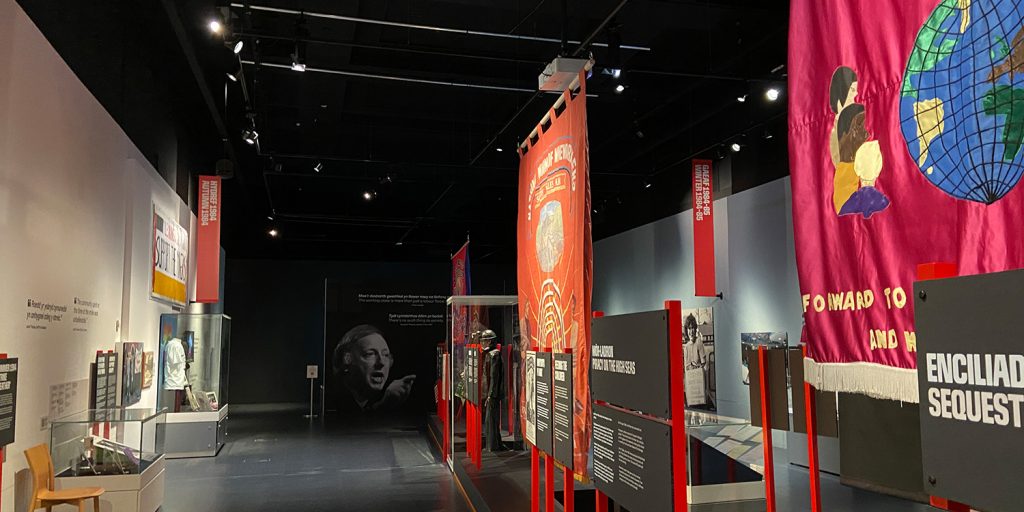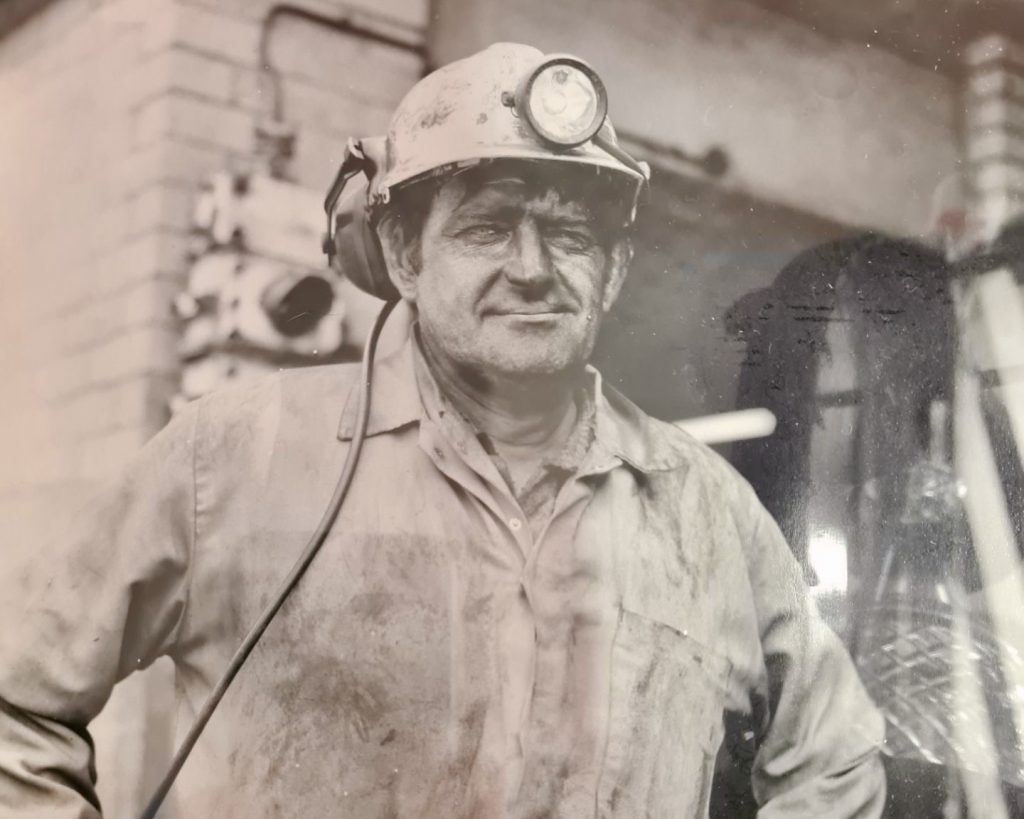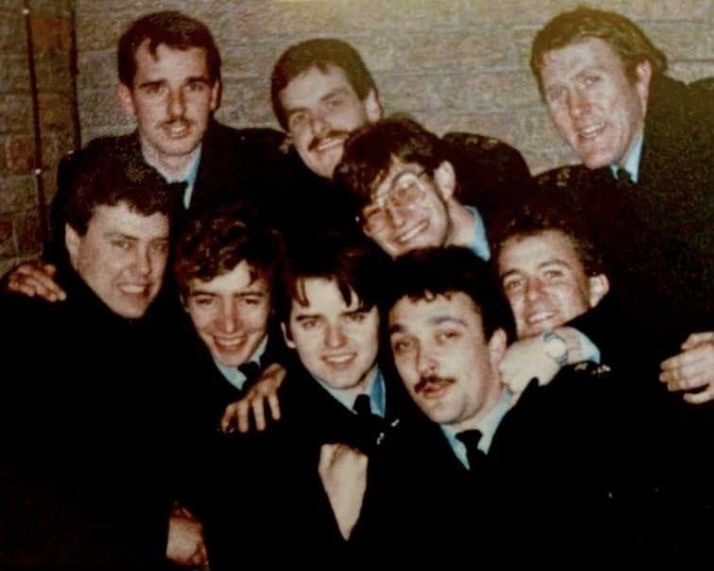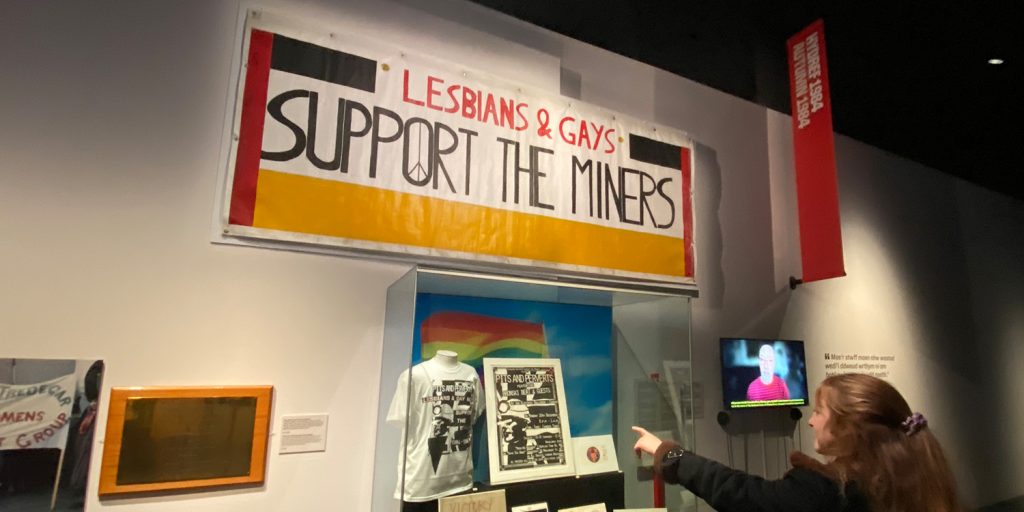A new art exhibit is showcasing the legacy of the 1984 miners’ strikes around South Wales to mark the 40th anniversary of the strike

National Museum Cardiff is spotlighting the extended impacts of the 1984 miners’ strikes in South Wales through an exhibit showcasing the four-decade effects of the strikes on mining communities.
The interactive exhibit ‘Streic! 84-85 Strike!’ features photographs and protest banners produced during the strikes, highlighting how the aftershocks of violence and adversity remain in Cardiff and across Wales.
The 1984-1985 mining strike caused a national conflict with the industrial sector and then Prime Minister Margaret Thatcher, sparked by major closures of uneconomic mining pits, impacting 22,000 miners across Wales.
Tomos ‘Roy’ Leach, an 88-year-old retired under-manager of Betws New Mine from Ammanford, said: “During the strike, we weren’t allowed to go on strike, we were in the pit every day looking after it.”
“There was a good camaraderie underground with the miners, but that wasn’t the same after the strike” Leach shares, noting that unemployment caused many people to suffer in his community.
Forty years after the 1984 movement, the social legacy of the strikes remains unforgotten by both sides of the picket line.


Paul Heckle, a 70-year-old former member of the Special Shield Trained Unit, experienced a frontline perspective of the miners’ strikes when deployed as part of the police to encourage public order.
“We were being paid 24 hours a day” Heckle notes of the long working hours, “we would sleep in territorial army halls.”
The contrasting experiences of those involved were vivid at picket lines.
He added ”You have that juxtaposition of the police from some other part of the country coming with loads of money and the local people not even being able to feed their children.”
Heckle said “When you get an opportunity to do that as a young police officer, you don’t think about what you’re actually doing, or what effect you’re having on the local community.”
Streic! 84-85 Strike! will be exhibited at the National Museum Cardiff until April 2025 for all ages, where ticket prices vary.

What is your lasting memory of the miners’ strikes?
Tomos Leach, retired miner: [Women] did collections, they cooked food and they looked after people that were unwell and didn’t have any money at all
Paul Heckle, former police officer: The strike for me is a Mars bar. I can’t even look at them now. They kept giving us these snack packs, they seemed to want to feed us all the time
